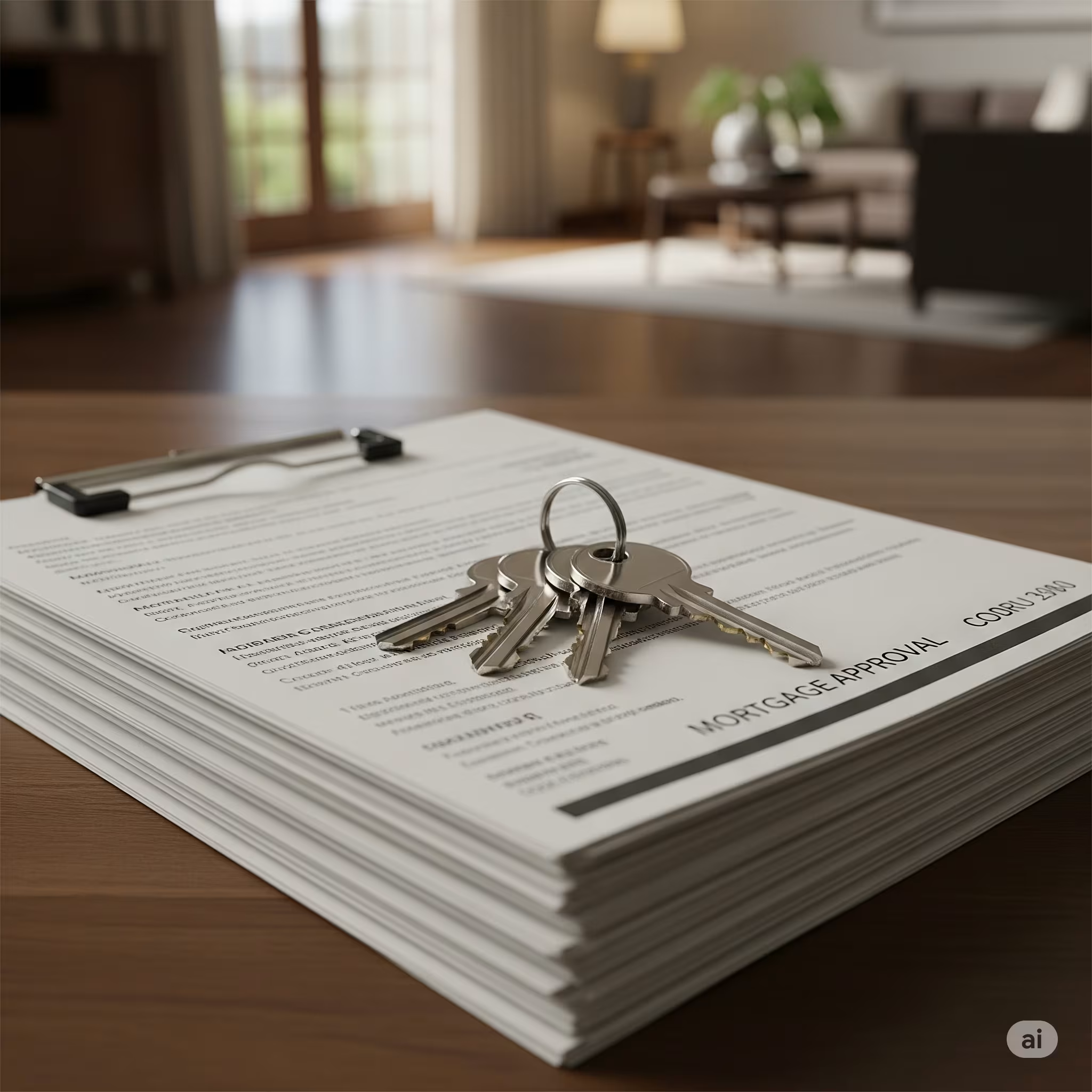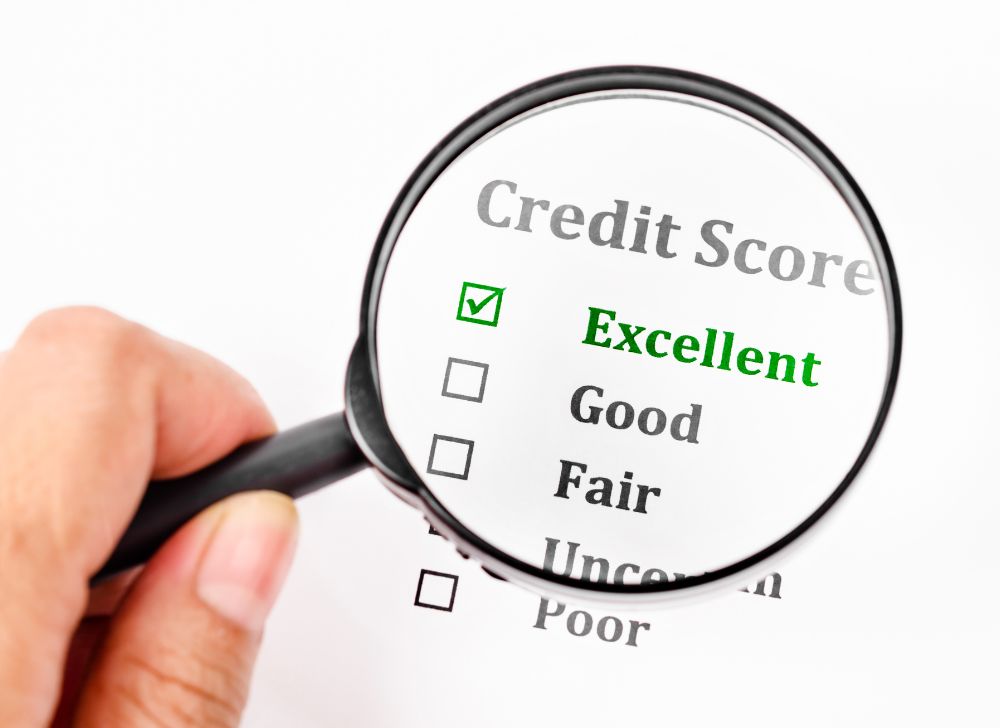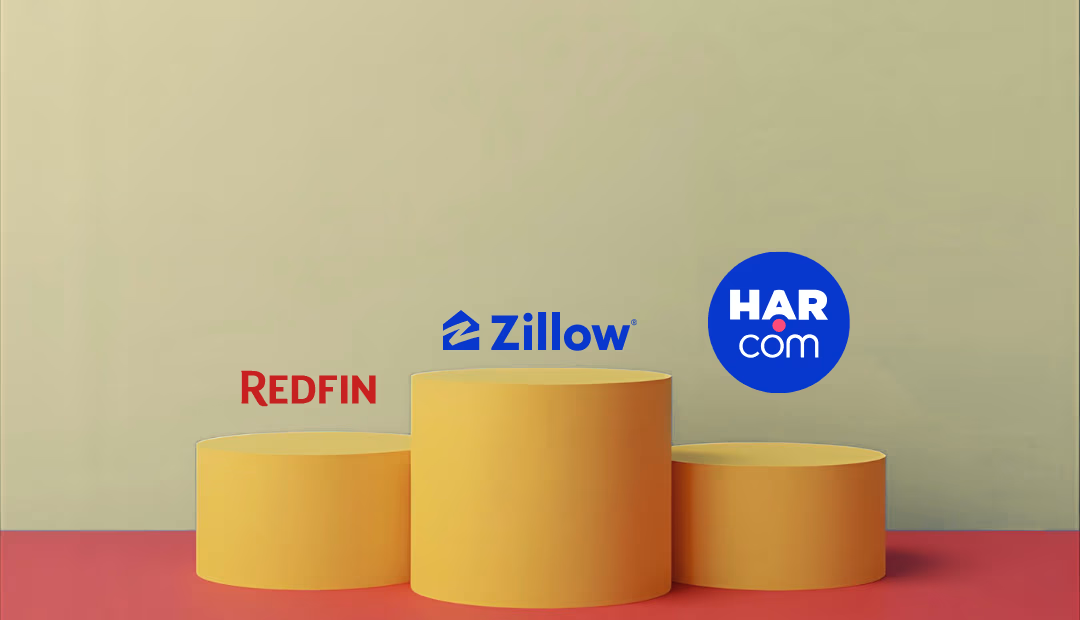Moving forward with a mortgage application can feel like a daunting task, involving a mountain of paperwork and an endless list of questions. If the word “mortgage” sounds intimidating to you, you’re not alone. Many first-time buyers feel the same way. But don't worry! That’s where having a clear, simple mortgage checklist comes in handy. Think of it as your roadmap - something that keeps you on track and makes sure you don’t miss any important steps.
In this article, we’ll walk you through everything you need to know with a friendly, easy-to-follow mortgage borrower’s checklist that will help you get started with confidence.
Why You Need a Mortgage Checklist
Let’s face it: getting a mortgage involves paperwork, numbers, and a few new financial terms that may sound confusing at first. A good checklist helps you stay organized, keeps stress levels down, and ensures you’re not scrambling for missing documents at the last minute. More importantly, following a checklist can help you avoid costly mistakes that could delay your home purchase.

Mortgage Borrower To Do List
1. Start with Your Credit Score
Before you even begin shopping for a home, it’s important to know where you stand financially. Your credit score plays a huge role in the mortgage approval process. Lenders use it to decide how risky it is to lend you money. A higher score can help you secure better loan terms, while a lower score may make the process more challenging.
Take time to review your credit report for any errors. If you spot mistakes, dispute them right away. If your score is lower than you’d like, work on paying down existing debts and making on-time payments to give your score a boost before applying. You can get a free credit report at freeannualcreditreport.com.
Keep in mind that credit scores can vary depending on the website, but mortgage lenders typically use the FICO 2/4/5 model when evaluating your application.
2. Understand Your Budget
It’s tempting to fall in love with homes that might stretch your budget, but being realistic about what you can afford will save you headaches later. A smart step in your mortgage borrower process is calculating how much you can comfortably spend on a monthly mortgage payment.
Keep in mind, the cost of owning a home is more than just the loan amount. Property taxes, homeowners insurance, maintenance costs, and even HOA fees can quickly add up. Use the Altgage affordability calculator to estimate your budget, but also factor in your current income and monthly expenses to find a number that fits your lifestyle.
3. Start Saving for a Down Payment
Another key item on your mortgage checklist is preparing your down payment. First-time homebuyers only need 3 to 3.5% down, but we typically recommend 5% down. 20% is unrealistic for most homebuyers today with median down payments ranging between 6-9% for homebuyers. You’ll need 20% down to avoid paying private mortgage insurance (PMI), but don’t be afraid of PMI. PMI is key to making homeownership a reality.
Saving for a down payment takes time and planning. Start by setting a savings goal and creating a timeline for reaching it. Every little bit counts, so consider setting up automatic transfers to a dedicated savings account to build your fund faster.
This is where working with a lender like Altgage can make a huge difference. At Altgage, you’ll find smart, affordable mortgage solutions, including down payment grants that help ease the upfront financial burden.
4. Gather Your Financial Documents
Once you’re ready to apply for a mortgage, your lender will ask for several documents to verify your financial status. Be prepared to provide
- 2 recent pay stubs,
- 2 bank statements,
- 2 tax returns if you are self-employed or a 1099 contractor
If you’re self-employed and using a bank statement loan, lenders may ask for additional documents like profit and loss statements and 12-24 months of recent bank statements instead of tax returns. The goal is to show that you have a steady income and are capable of making your monthly payments.
5. Get Pre-Approved Before You House Hunt
Before you start visiting open houses or browsing online listings, getting pre-approved for a mortgage is a smart move. A pre-approval letter shows sellers that you’re a serious buyer who can afford the home you’re making an offer on.
During this process, your lender will review your credit history, income, debts, and other financial details. They’ll let you know how much you’re approved to borrow, which helps set clear expectations during your home search.
Get to Know About: Pre-Approval vs Pre-Qualified vs Underwritten Pre-Approval
If you are not ready to get pre-approved, we recommend a prequal to see where you stand. A prequal is typically not verified and not the same as a pre-approval; however we understand the burden of a lengthy application, credit pulls and documentation if you are just getting started, so at Altgage, we developed an instant PreQual that uses a Vantage Score to estimate your homebuying budget
6. Choose the Right Type of Mortgage
Not all mortgages are created equal. One important step in your checklist is choosing the loan type that fits your needs. Fixed-rate mortgages offer the stability of consistent monthly payments, while adjustable-rate mortgages (ARMs) might start with lower rates but can change over time.
There are also special programs like FHA loans, extremely beneficial for first-time buyers and VA loans for veterans. Each comes with its own pros and cons, so take time to compare options and ask your lender lots of questions.
.avif)
7. Avoid Major Financial Changes During the Process
One thing many buyers don’t realize is that their finances need to remain stable until the mortgage closes. Even after you’ve been pre-approved, lenders continue monitoring your financial activity. Making large purchases, changing jobs, or taking on new debts could hurt your approval.
Stick to your normal spending habits, avoid opening new credit accounts, and try not to make any big life changes until after closing day.
8. Plan for Closing Costs and Extra Expenses
Many first-time buyers focus so much on the down payment that they forget about closing costs. These are the fees and expenses you’ll need to pay on closing day, often ranging between 2% and 5% of the home’s purchase price.
Closing costs can include loan origination fees, title insurance, home inspections, and appraisals. It’s a good idea to ask your lender for a loan estimate early in the process so you’re not caught off guard later.
Also, don’t forget about moving costs, utility deposits, and small home repairs that might pop up once you move in.
9. Stay in Regular Contact with Your Lender
Communication is key during the mortgage process. Your lender may need extra documents or clarifications, and quick responses from you can help avoid delays. If you’re unsure about any step, don’t hesitate to ask questions.
The Final Step: Closing Day!
After all the preparation, paperwork, and waiting, closing day will finally arrive. Before you sign the final documents, make sure you carefully review your Closing Disclosure. Double-check all the numbers, and ask your lender about anything you don’t understand.
Bring your identification and certified funds for closing costs. Once everything is signed and done, you’ll receive the keys to your new home - and that’s when the real excitement begins!
Wrapping Up
Buying a home and applying for a mortgage can feel overwhelming at first, but following clear steps helps make the process manageable and even enjoyable.
From checking your credit score and saving for a down payment to getting pre-approved and choosing the right lender, each step brings you closer to owning your dream home. And when it comes to finding a mortgage partner who offers smart, affordable solutions with wholesale rates, no junk fees, and down payment grants, Altgage is here to help.
So take a deep breath, stay organized, and get ready to unlock the door to your new home.
.avif)



.avif)
